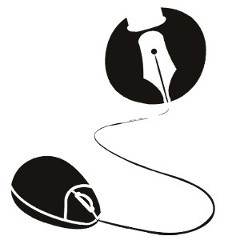
The Observer reported yesterday that literary critics are going to ‘scan the brain to find out why we love to read’. ‘The aim, Yale literature professor Michael Holquist says, is to provide a scientific basis for schemes to improve the reading skills of college-age students.’ Ah, it’s a utilitarian project, then? ‘Lighting up the right neurones is every bit as important as a keen moral insight or a societal context.’ Some hail this as revolutionary: ‘It is one of the most exciting developments in intellectual life,’ said Blakey Vermeule, an English professor at Stanford University. Vermeule is examining the role of evolution in fiction: some call it “Darwinian literary studies”.’ Or, as the journalists put it: ‘Forget structuralism or even post-structuralist deconstructionism. “Neuro lit crit” is where it’s at.’
Others protest: ‘It strikes me as just plain silly. The mind and the brain are two quite separate things, and nobody knows what the relation is between them,’ said Dr Ian Patterson, a fellow at Queens’ College, Cambridge. That old mind-body thing, eh? Now didn’t one Ludwig Wittgenstein, formerly Professor at Cambridge University, deal that some blows? Never mind. As he wrote in 1929: ‘A good simile refreshes the intellect,’ (Culture and Value, translated by Winch, p 1e) and no doubt the neurons will show that on the scans. He also wrote: ‘Sometimes a sentence can be understood only if it read at the right tempo. My sentences are all supposed to be read slowly.’ (ibid, 57e). Will the machine be able to distinguish the different effects of reading quickly and slowly? Classics or trash? Since the Observer used the familiar, rather mournful picture of Virginia Woolf (as here) to illustrate the article, the paper seems to think this is about ‘high art’. Of course (as Wittgenstein might have pointed out) that is probably the product of the way her picture is read – with the knowledge of her high modernist works, tortured life and unhappy death.
